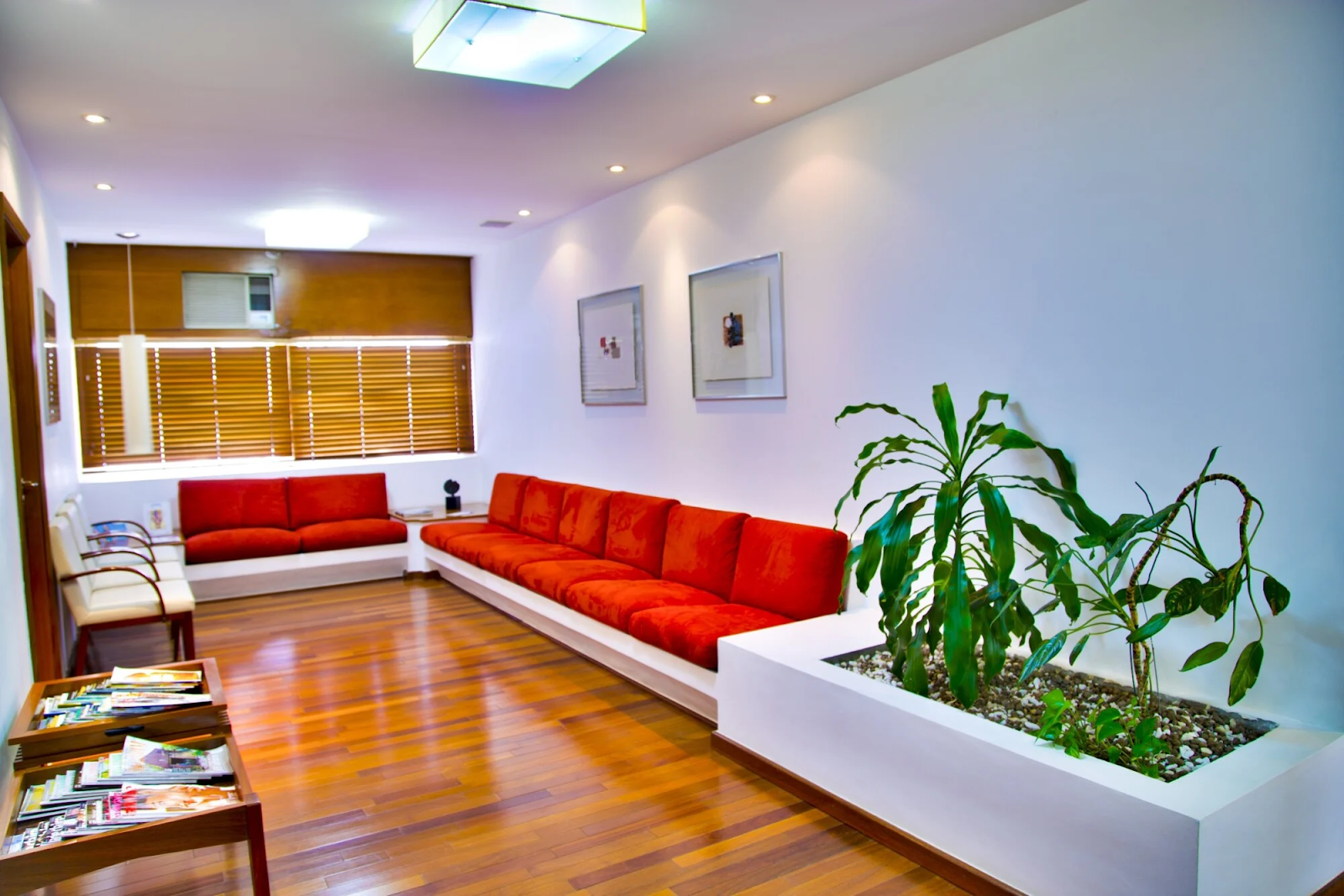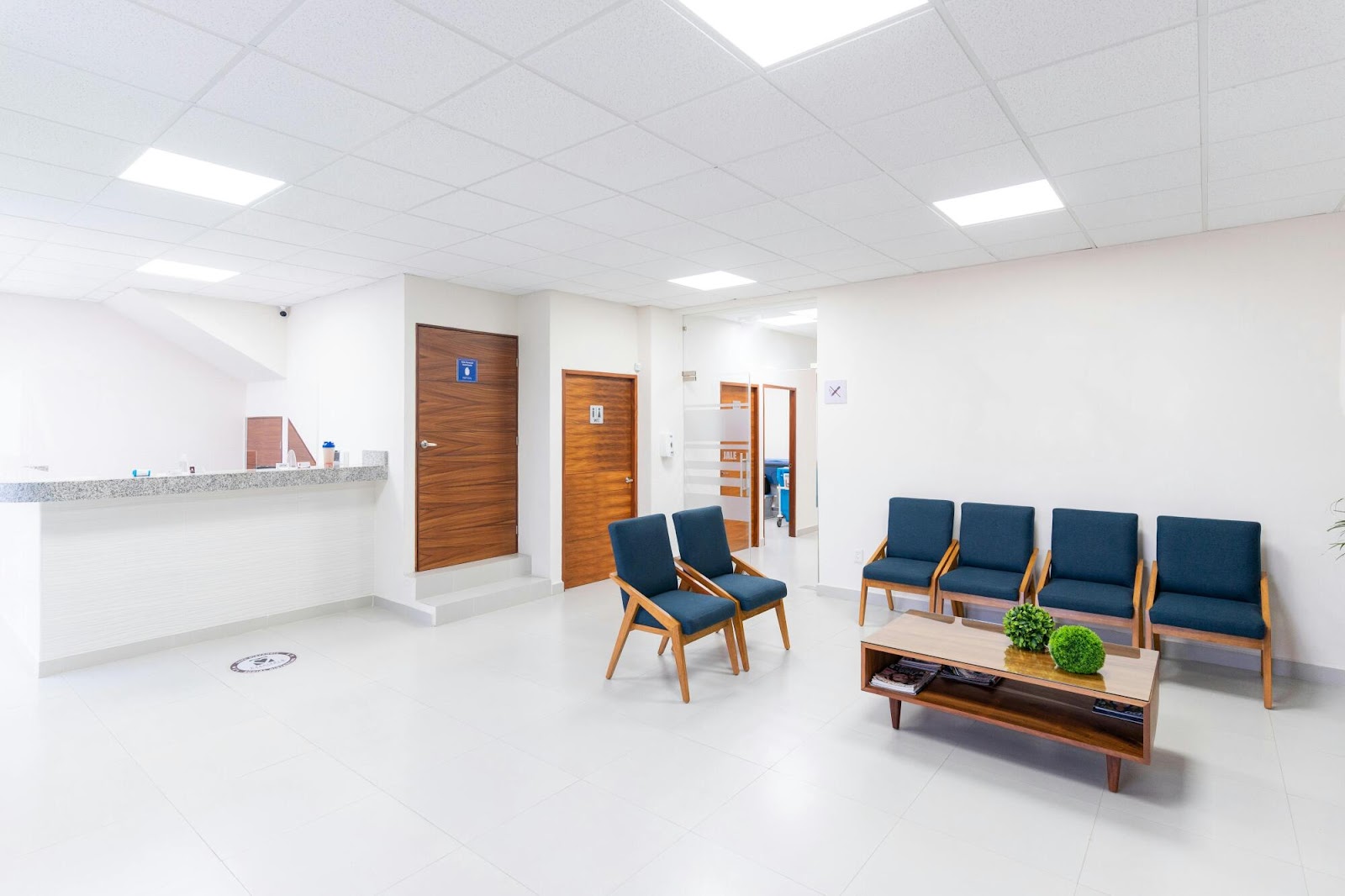The waiting room is often the first point of contact innocent clients have with a psychotherapy practice. It sets the tone for their experience even before the session begins. An inviting atmosphere can ease any tension or discomfort a new client might feel as they prepare to delve into personal matters. Therefore, creating a welcoming environment is not just about aesthetics; it profoundly affects clients’ overall satisfaction and sense of security.

Making your psychotherapy waiting room more inviting involves thoughtful design and carefully selecting furnishings and decor. It’s an opportunity to express the values of your practice while catering to the needs of clients seeking help. Here are essential points to consider when crafting an inviting and comforting space.
Choose Comfortable Furniture
The furniture is one of the most critical factors in an inviting waiting room. Selecting comfortable waiting room chairs is essential for providing a relaxing environment for clients to feel at ease. When clients enter your space, they first notice the seating arrangement. Soft, supportive chairs can help individuals settle in and prepare for their appointments with less tension.

Investing in quality furniture will enhance the aesthetic appeal of your waiting area and promote clients’ comfort. Arranging the seating so that people can face each other can create a more inclusive environment. This approach encourages interaction and makes the waiting area feel less isolating for individuals who might be anxious about their visit.
Incorporate Calming Colors
Color has a significant impact on mood and perception. Using soft, calming colors in your waiting room can make a world of difference in how clients feel when they enter the space. Shades like light blue, soft greens and muted earth tones create a peaceful ambiance, reducing feelings of anxiety. Each color has psychological effects that can be beneficial in a therapy setting.
A well-planned color palette can evoke comfort and serenity, making clients feel understood and welcomed. Consider painting the walls or adding colorful accents through decorative pieces. Be mindful of how colors affect emotions to ensure your choices resonate with the therapeutic atmosphere you wish to create.
Add Dividers for Privacy
Clients often value privacy and personal space while waiting for their appointments, making them feel more at ease and less self-conscious. Installing dividers or other forms of separation can help create a more secluded and comfortable atmosphere, ensuring that clients feel secure about their presence in the waiting area. These partitions can also reduce the feeling of being observed, which can be particularly reassuring in settings where clients might experience anxiety or vulnerability. This practice is especially beneficial in busy practices, where multiple individuals waiting close might otherwise feel crowded or exposed.
Materials like glass, wood, or fabric can partition spaces effectively, balancing privacy with an open and welcoming design. Frosted glass panels, for example, can provide a modern aesthetic while allowing light to pass through, maintaining a sense of openness. Wooden or fabric dividers can add warmth and texture to the space, creating a calming and inviting environment. By offering a sense of privacy, clients may feel more comfortable and secure, which can positively influence their state of mind and contribute to a more productive therapeutic session once their appointment begins.
Include Nature Elements
Incorporating natural elements into your waiting room can tremendously enhance its inviting quality. Biophilic design, which emphasizes the connection between humans and nature, can introduce real plants, nature-themed artwork, or even the sounds of nature into the space. Bringing the outdoors indoors reduces stress and promotes relaxation.
Research has shown that having plants in interior spaces can improve air quality and well-being. A touch of greenery can create a tranquil environment, helping to establish a soothing therapeutic presence as clients wait for their appointments. Consider low-maintenance plants like succulents to maintain a fresh look without much hassle.
Offer Reading Material
Providing a selection of reading materials can be an excellent way to keep clients engaged while they wait. Consider offering a well-curated assortment of books and magazines about mental health, wellness, or even light fiction that encourages relaxation and distraction. Having material available not only occupies clients but can also help them feel more comfortable in your space.
Choosing reading materials carefully is essential to ensure they resonate with the clients you serve. Keep your selection varied to appeal to different interests and demographics. Creating an inviting library corner establishes an approachable and nurturing environment that encourages clients to relax and prepare for their session.
Maintain a Pleasant Aroma
Often overlooked, the sense of smell plays a vital role in creating a welcoming atmosphere. Pleasant scents can evoke calmness and comfort, making your waiting room more inviting. Consider using essential oils, sachets, or candles, but avoid allergies or sensitivities. Scents like lavender, chamomile, or sandalwood can be soothing to many individuals.
Incorporating aroma into your waiting room experience can elevate the overall ambience. A pleasant scent can help mask any less favorable odors and enhance the peaceful environment you’re striving for. Make sure to use scents that have calming effects and are appropriate for your therapeutic space.
Ensure Accessibility
Creating an inviting waiting room also means considering accessibility for all clients. The space should be navigable and accommodating for individuals with mobility challenges. Ensure that pathways are clear and that seating arrangements provide options for those needing assistance.
By making the waiting area accessible, you communicate an understanding of clients’ diverse needs. This approach establishes a welcoming atmosphere that honors the dignity of all individuals, regardless of their circumstances. Accessibility is not just a legal requirement; it’s a step toward inclusivity and compassion.
Personalize the Decor
Finally, personalizing the waiting room with thoughtful touches can leave a lasting impression on clients. Consider displaying artwork created by local artists or photos of your practice. Showcasing items that reflect your therapeutic style will help establish a sense of identity and connection, allowing clients to feel more at home.
Art pieces that resonate with healing, hope, or mental wellness can also create an inviting atmosphere. Personal touches like these provide clients context before they enter a session, enriching their overall experience. Creating an environment that reflects your personal touch will help clients feel a deeper connection to your practice.
Crafting a warm and welcoming psychotherapy waiting room requires thoughtfulness and sensitivity. Each element contributes to a comforting environment where clients feel safe and secure before entering their sessions. By considering the design and ambience of your waiting room, you lay the groundwork for an effective therapeutic relationship.
MindOwl Founder – My own struggles in life have led me to this path of understanding the human condition. I graduated with a bachelor’s degree in philosophy before completing a master’s degree in psychology at Regent’s University London. I then completed a postgraduate diploma in philosophical counselling before being trained in ACT (Acceptance and commitment therapy).
I’ve spent the last eight years studying the encounter of meditative practices with modern psychology.

